The Brandywine River Museum of Art approaches the arts in the broadest of perspectives. Part of the Brandywine River Conservancy, founded to preserve the nature, beauty and heritage of the Brandywine River Valley, the museum embodies the conservancy’s mission to preserve the natural and scenic resources as well as its cultural ones.
The Brandywine is a small, deeply flowing river that makes its was through a lush valley of forests and well-tended farms. The quiet rural beauty of the valley drew not only early entrepreneurs like the duPonts, but lovers of nature as well. Among the best known of those are the Wyeth family, N.C., Jamie, Henriette and Andrew.
The heart of the art museum is an early stone mill building, similar to those at nearby Hagley Museum, the powder works that produced gunpowder for the War of 1812. The former mill, with its modern glass and steel addition, sits above the river in a fifteen-acre park landscaped with plants native to the valley; walking trails with sculptures further underscore the blend of art and nature.
It was to nearby Wilmington, Delaware, that a young N.C. Wyeth went in 1902 to study with the famed artist and illustrator Howard Pyle, who also held some of his sessions in the village of Chadds Ford, Pennsylvania. From this, Wyeth began his career as an illustrator and, at the age of 20 sold his first work to a national magazine. In 1911, with the proceeds from his illustrations of Treasure Island, he bought a large tract of land in Chadds Ford for his home and studio.
N.C. Wyeth’s children Henriette, Carolyn and Andrew all followed their father’s profession and became artists themselves, the most famed of them being Andrew. A third generation of Wyeths followed the family path with Andrew’s son, Jamie.
Before the world of full color lithography, professional illustrators dominated the world of books and magazine illustration. Howard Pyle and N.C. Wyeth were among the leaders. The museum contains a number of these illustrations, including his 1911 work, Jim Hawkins Leaves Home, done for the book Treasure Island. There are both works he completed as an illustrator and as an artist, be sure to see his Island Funeral, done in 1939 and The Indian in His Solitude.
Several dozen works by Andrew Wyeth are in the collections, and Andrew’s son Jamie is also well represented; two favorites of his are White House and Frolic, a portrait of his friend George Alexis Weymouth driving his coach. Andrew’s sister Henriette and her husband, painter Peter Hurd, who also studied under N.C. Wyeth, are represented at the museum, as well.
Although the Wyeth family is the main concentration of the collections, they are viewed in a much larger framework of American art and other Brandywine Valley artists. Landscape paintings from the 19th and 20th centuries concentrate on the beauty of the Brandywine Valley, and there are notable portraits, still life and other subjects, as well as the works of other illustrators. Together this Heritage Collection paints a broad picture of American art and provides context for the work of the Wyeths.
N.C. Wyeth’s studio is open for tours managed by the museum, and visitors can see not only the space where the artist worked, lighted by a soaring Palladian window, but many of the props needed for accurate period illustrations including various firearms and a birchbark canoe. Andrew Wyeth’s studio, repurposed from an 1875 schoolhouse and containing his collections and working materials, is also open for guided tours. (Note that both may be temporarily closed in 2020.)
A third tour takes visitors to a modest building that may look familiar to admirers of Andrew Wyeth, the Kuerner Farm, pictured in or the inspiration for more than 1,000 of his paintings and drawings.
Exhibits and events at the museum paint with a broad brush that blurs the lines between fine and decorative arts, between art and nature, between looking at art and creating it. Online and in-person classes involve the public in classes that might teach block printing for adults, or encouraging children to create and use their own scratch board or model their own animals based on those seen in a virtual trip through the museum.
In one class, step-by-step photos inspire children to create ephemeral butterflies and dragonflies out of seeds, leaves and flowers, inspiring them to see art in everything and to create art with whatever materials they find.
These whimsical themes are not just for kids. Perhaps the most innovative initiative is the annual Holiday Critter Sale. All year volunteers create imaginative creatures from cones and teasel pods, bristly brown burrs that grow by valley roadsides. An entire shop is filled with miniature hedgehogs, teddy bears, and other creatures, decorated in dried flowers, seeds, weeds and other natural art supplies to create one-of-a-kind Christmas ornaments. Proceeds from these imaginative and environmentally friendly creations support art education programs.
By Stillman Rogers
World Correspondent, Destinations
Photographer, Planetware.com

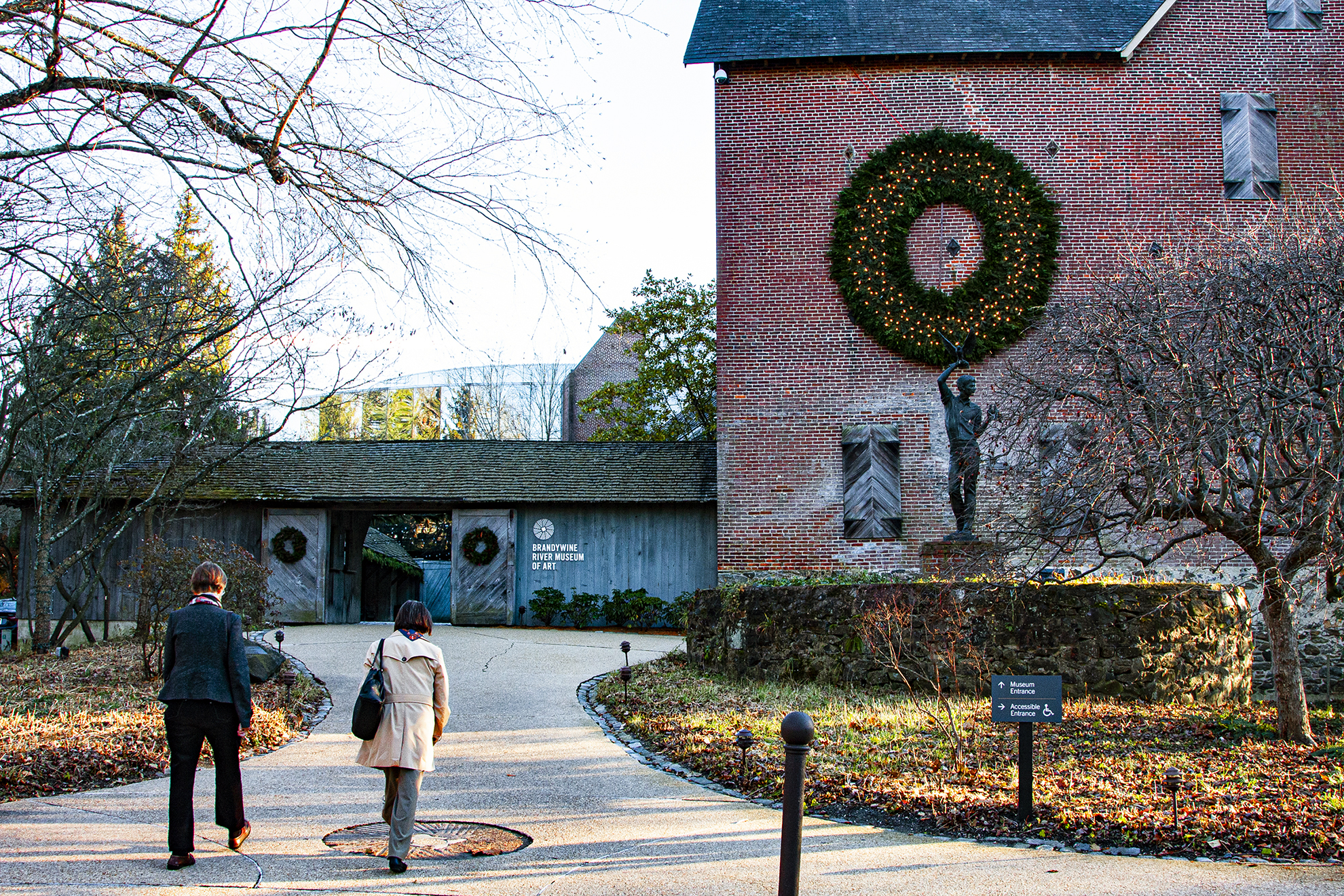
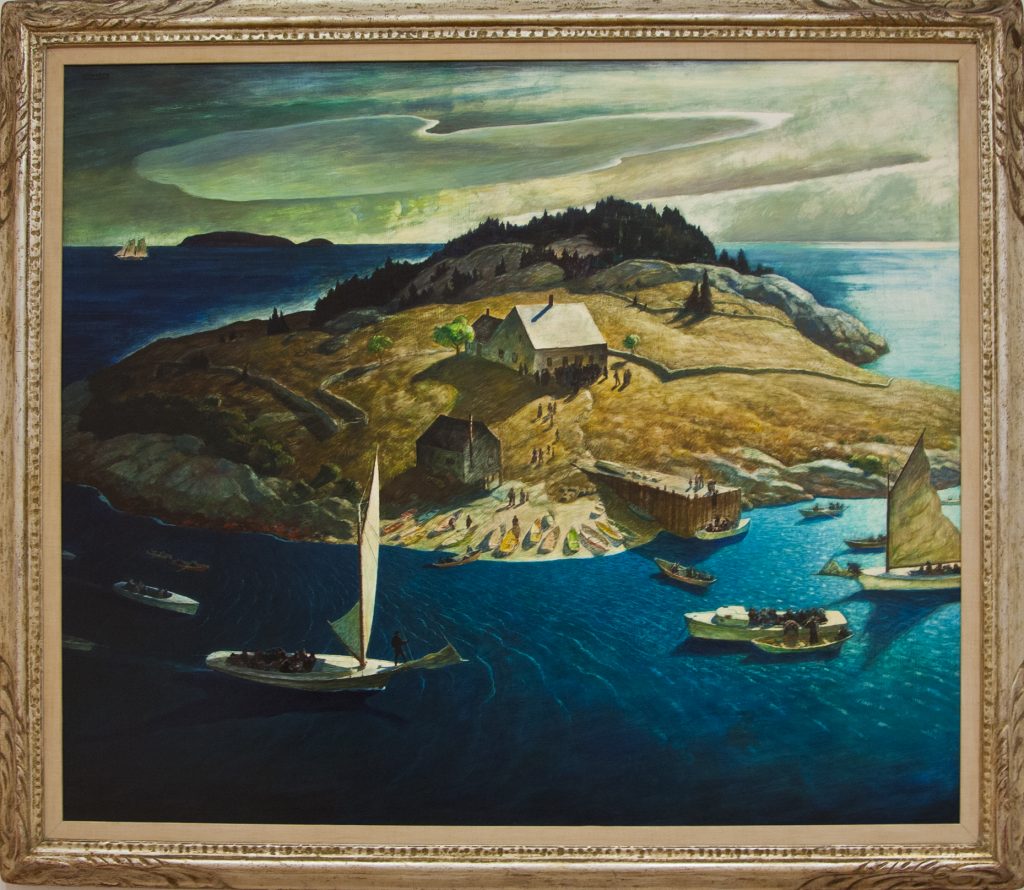
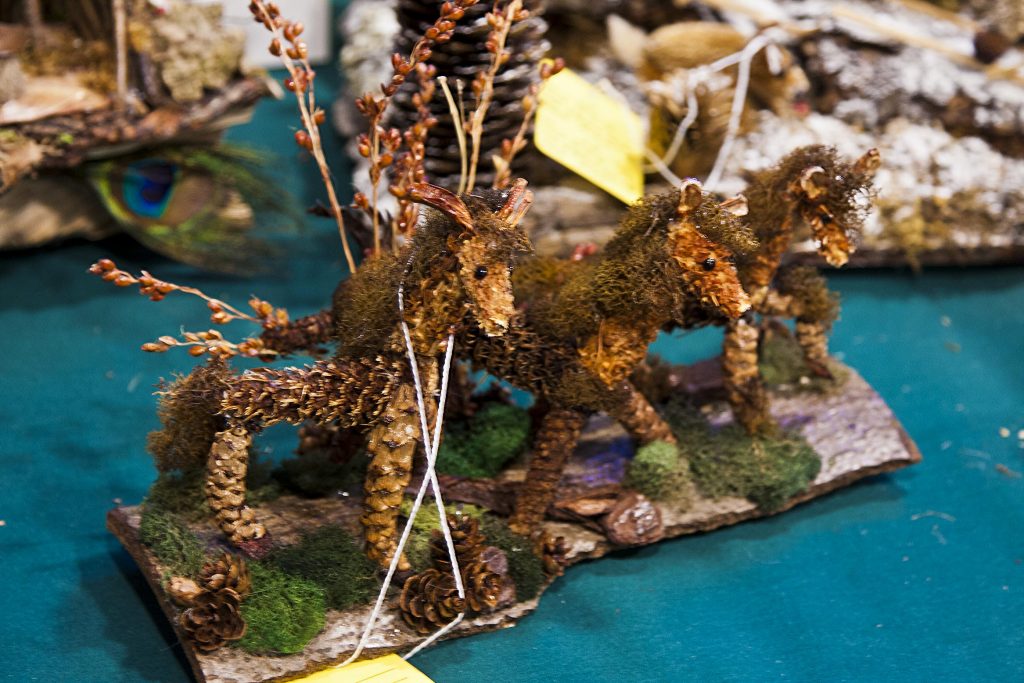
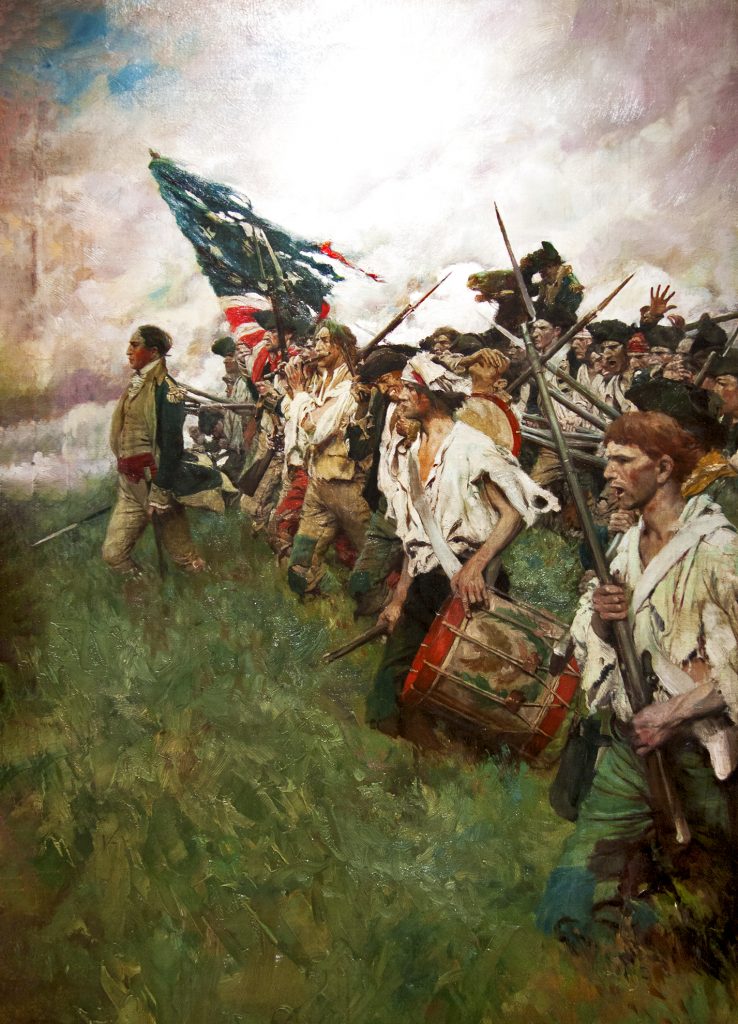
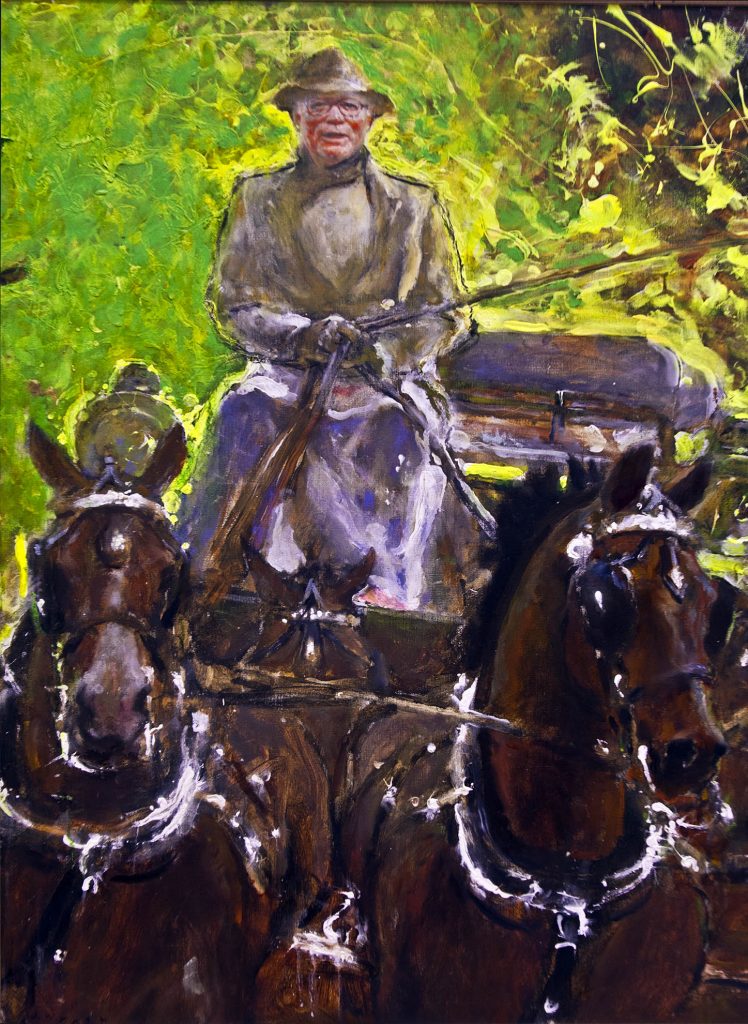
1 Comment